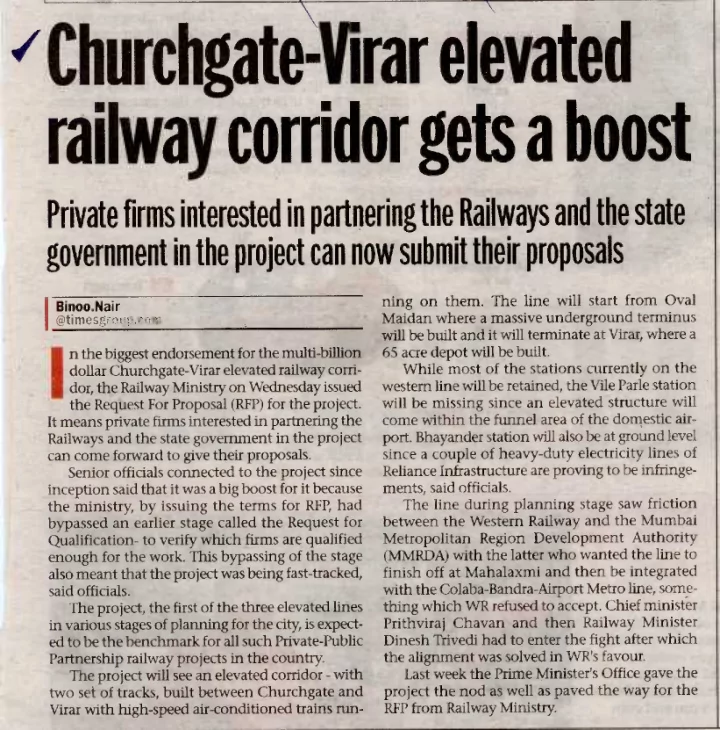

CE -751, SLD, Class Notes, Fall 2006, IIT Bombay Module 2 2.1 Transportation Planning Process The transportation planning process has a lot of similarity to the problem solving process. The following table gives the major differences between the two processes. Sl No Problem Solving Transportation Planning Problem definition and Objective Problem solving lacks foresight ness relevant to planning condition. They to take advantage of the forthcoming change themselves, so innovations 1 innovations are used 2 It is not Programmed Basis Usually Programmed basis Our concern may be for the dimension and performance of a We may be concerned with about vehicle to be replaced within a shorter location and capacity of Mass 3 period of time from now Transit Breadth of problem: i.e. parking, Study of broader situation i.e. whole 4 congestion city Immediate solution is required .so it is 5 completed within shorter period Implemented Sequentially 2.2 Types of Planning Methodologies 1. Projective planning. 2. Deductive planning. 3. Objective planning. Projective planning : It is a base for planning. It is an open Extrapolation method. Example: Traffic flows, Vehicle ownership, Residential Densities, Population trends, Economic Growth, Socio- economic indices. Deductive planning: Synthesis the future state of the system from laws, equations or models that are one in its behaviour. Example: Analysis of specific projects and operational activities such as bypasses, regional centers, transport terminals, one-way streets can be effectively analyzed deductive planning process. 18
CE -751, SLD, Class Notes, Fall 2006, IIT Bombay Objective planning: Planner sets some goals and with a certain objective and with constraints. It will be difficult to take into account the uncertainties. 2 4 3 1 Statement of Identification of objectives Modeling of Collection data on Transportation and constraints to be met by transportation present problems and proposed transportation systems and its transportation problem domain system Domain system and its domain 5 Calibration and use of models Projection of levels of Setting of levels of Prediction of levels of Regional land use transportation sub regional land use 13 development and other system variables development travel and affecting variables other affected variables Operation and 6 8 Maintenance of system 10 Evaluation of Generation and Specification of 11 7 9 performance and resetting of details of selected Implementation of decision among transportation transportation system changes alternative systems system variables systems 12 Total Transportation planning process 19
CE -751, SLD, Class Notes, Fall 2006, IIT Bombay Deductive Planning Process 2.3 Travel demand modelling: There are four steps of travel demand modelling. They are 1. Trip generation 2. Model split 3. Trip Distribution 4. Trip assignment 20
CE -751, SLD, Class Notes, Fall 2006, IIT Bombay Steps of Travel Demand Modelling 2.3.1 Trip-Generation Analysis : -Two types of trip-generation analysis are carried out and these are trip production and trip attraction. Trip Production : -is reserved for trips generated by residential zones where these trips may be trip origins and destinations. Trip Attraction : -is used to describe trips generated by activities at the non-home end of a home-based trip such as employment, retail service, and so on. 21
CE -751, SLD, Class Notes, Fall 2006, IIT Bombay The first activity in travel-demand forecasting is to identify the various trip types important to a particular transport-planning study. The trip types studied in a particular area depend on the types of transport-planning issues to be resolved. The first level of trip classification used normally is a broad grouping into home-based and non-home-based trips. Home-based Trips : - are those trips that have one trip end at a household. Examples journey to work, shop, school etc. Non-home-based trips : -are trips between work and shop and business trips between two places of employment. Trip classification that have been used in the major transport-planning studies for home-based trips are: a. Work trips b. School trips c. Shopping trips d. Personnel business trips, and e. Social-recreational trips Factors influencing Trip Production Households may be characterized in many ways, but a large number of trip-production studies have shown that the following variables are the most important characteristics with respect to the major trip trips such as work and shopping trips: 1. The number of workers in a household, and 2. The household income or some proxy of income, such as the number of cars per household. Factors Influencing Trip Attraction Depending on the floor areas, the trip attraction can be determined from retail floor area, service and office floor area and manufacturing and wholesaling floor area. Multiple Regression Analysis The majority of trip-generation studies performed have used multiple regression analysis to develop the prediction equations for the trips generated by various types of land use. 22
Recommend
More recommend